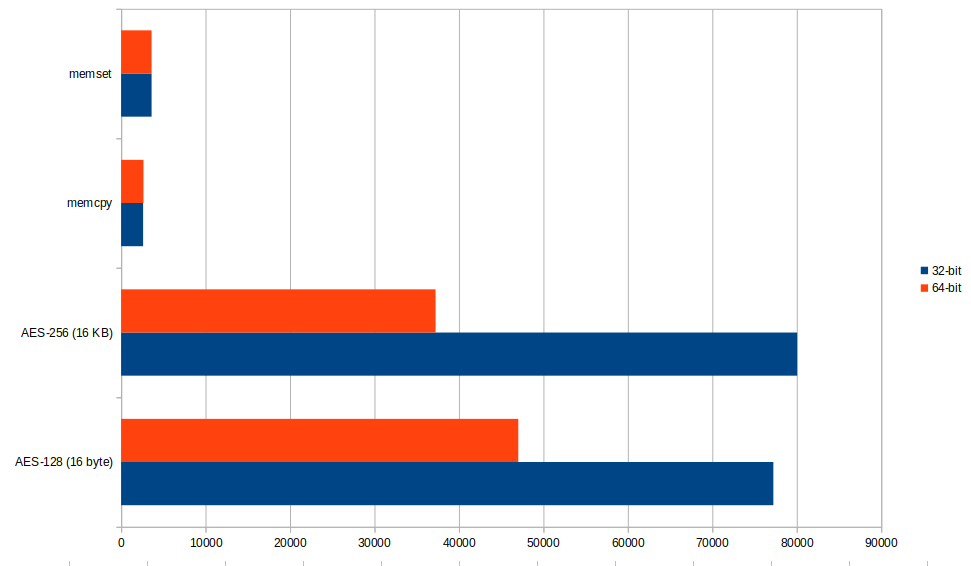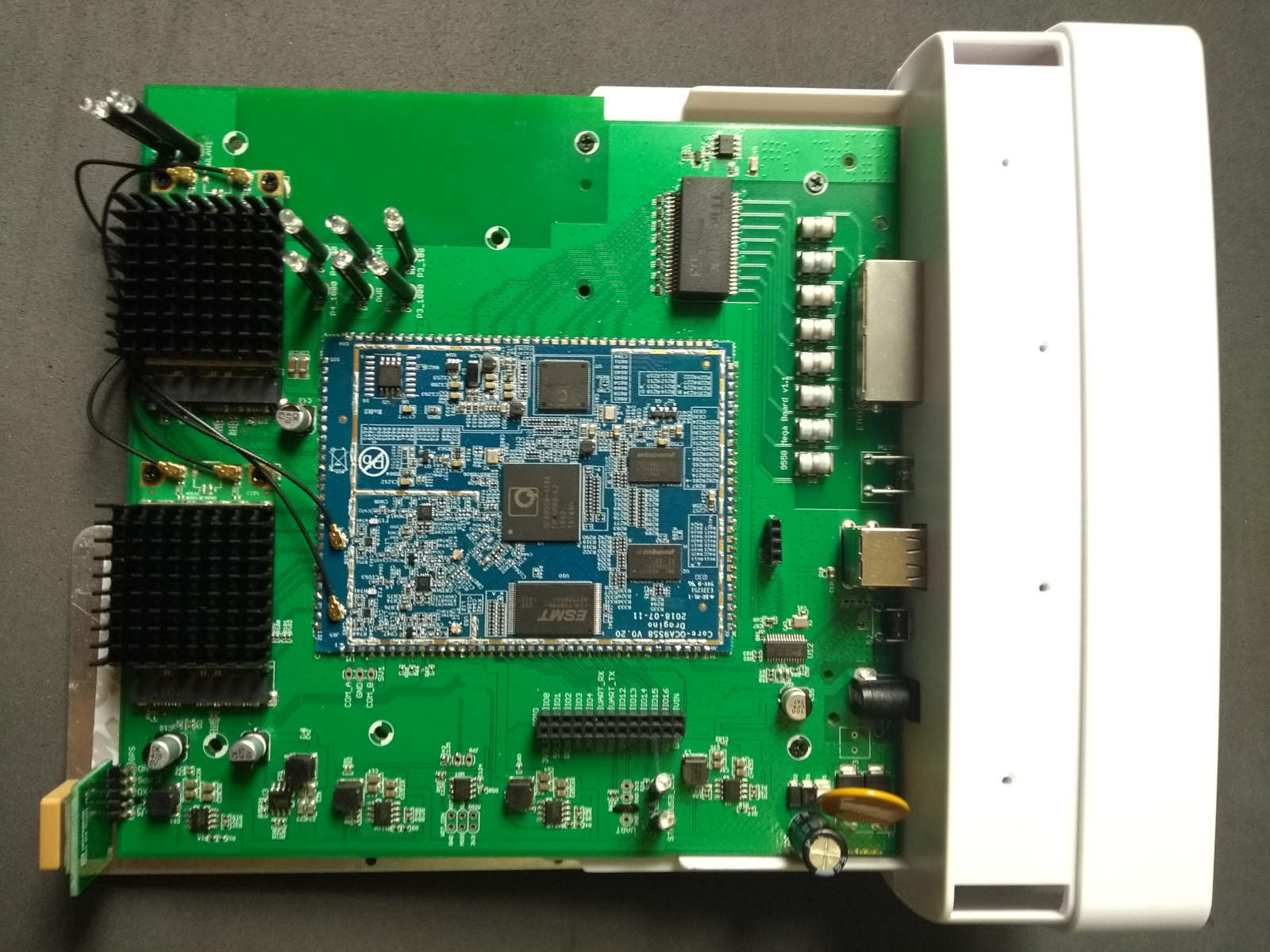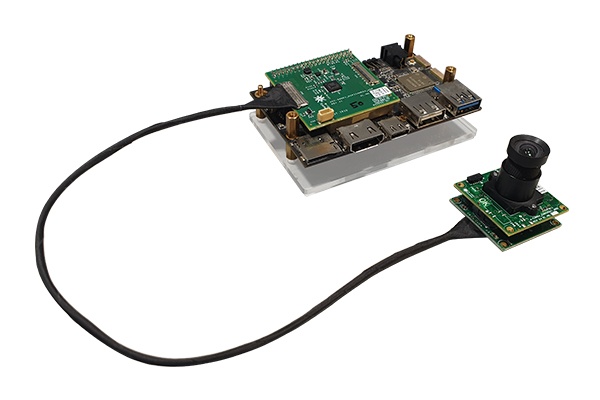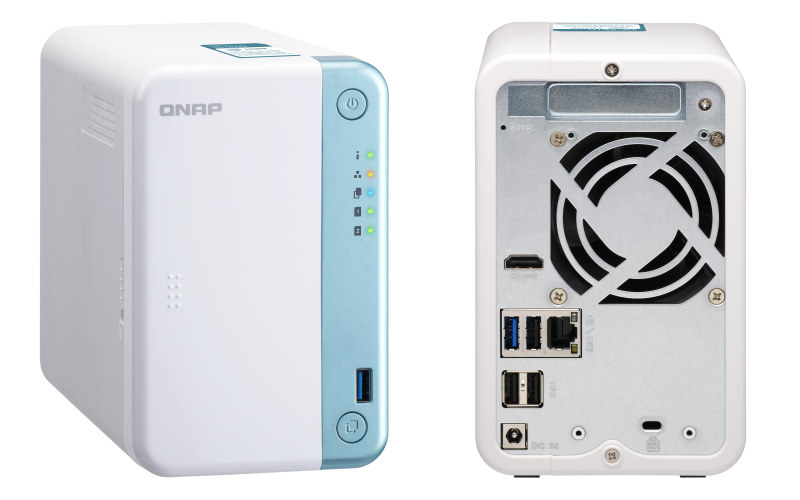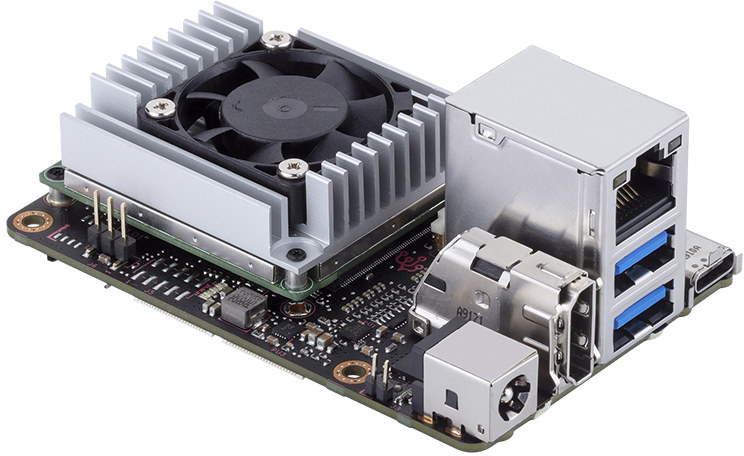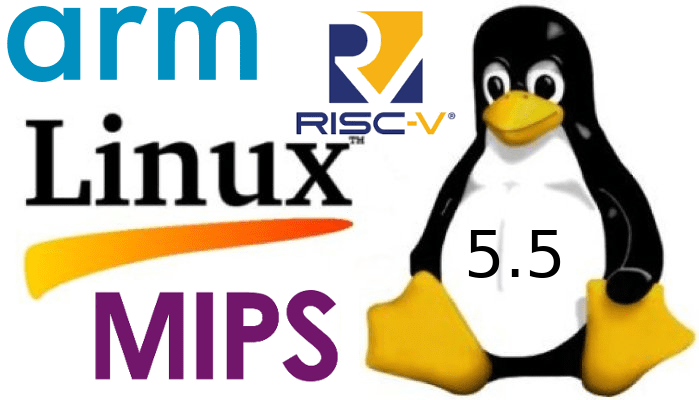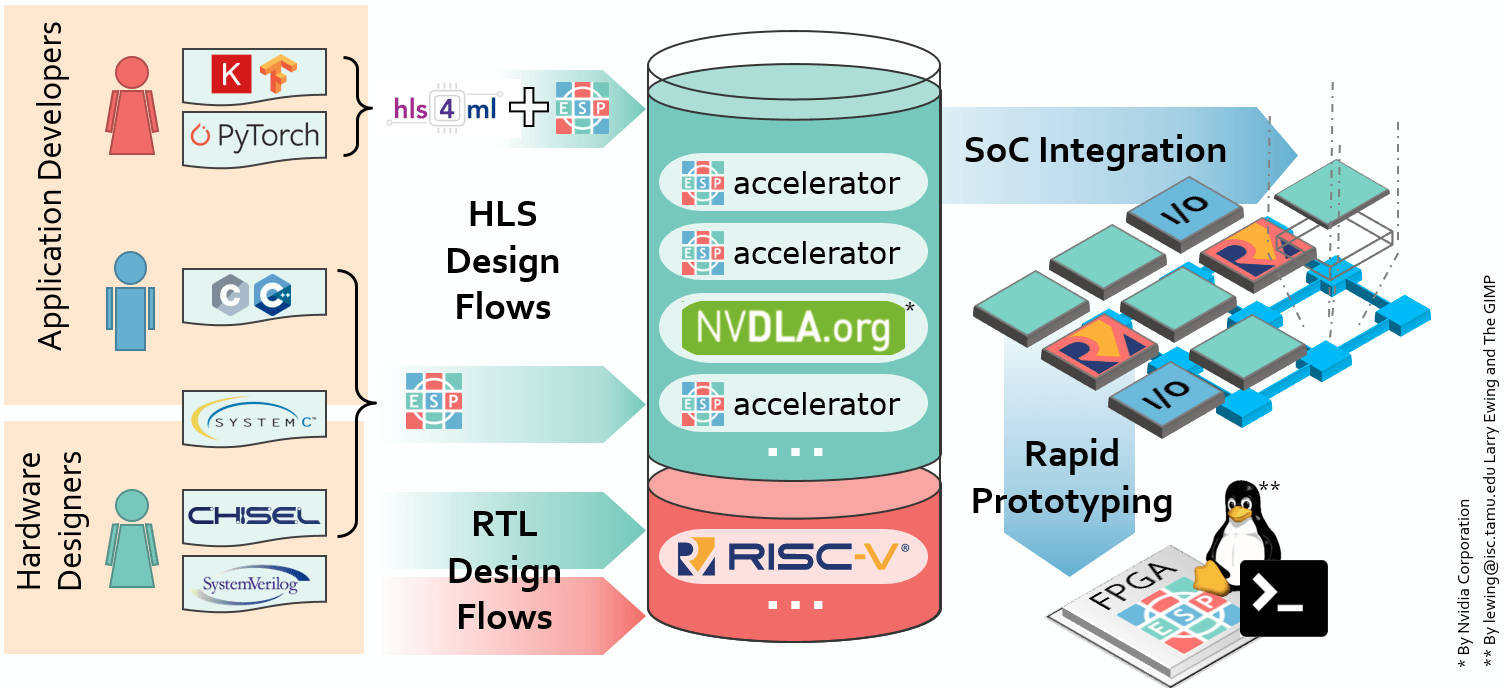The first Raspberry Pi board with a 64-bit Arm processor was Raspberry Pi 3 Model B, and all new models including the latest Raspberry Pi 4 come with four Arm Cortex-A 64-bit cores. But in order to keep backward software compatibility with the original Raspberry Pi and Raspberry Pi 2, the Raspberry Pi foundation decided to keep provided 32-bit OS image, so nearly everybody is now running a 32-bit OS on 64-bit hardware, and Eben Upton famously claimed it did not matter. We already wrote that 64-bit Arm (Aarch64) boosted performance by 15 to 30% against 32-bit Arm (Aarch32) several years ago, but Matteo Croce decided to try it out himself on Raspberry Pi 4 board first running benchmarks on Raspbian 32-bit before switching to a lightweight version of Debian compiled as aarch64. Dhrystones is much faster with the 64-bit OS, namely 50% faster, but as a synthetic benchmark, its […]
Google Android Flash Tool Allows You to Flash AOSP From a Web Browser
The Android Open Source Project (AOSP) and projects derived from it usually requires flashing the firmware from the command line. It works for developers for it may not be that convenient for end-users. Google Android Flash Tool aims to simplify everything by allowing people to flash AOSP from a web browser. Bear in mind there are currently some limitations. First, you need to have a web browser that supports WebUSB and right now it includes Chrome, Edge (driver required), and Opera. If you use Firefox, for instance, you’ll be asked to download Chrome. The tool does not work to flash Android into tablets or Chrome OS devices, and currently only works on recent Pixel phones (Pixel 2 or newer), and Hikey development boards. But if you have either of those you could enter the tool page, connect the phone or board to your computer via a USB cable, select the […]
LibreRouter is an Open-Source Hardware Router for Community Networks
Battlemesh (aka the Wireless Battle of the Mesh) is an event that aims at bringing together people from across the world to test the performance of different routing protocols for ad-hoc networks. While BattleMesh v12 took place in Paris in July 2019, I’ve just been informed that presentation videos were now out. There are talks about OpenWrt, mesh networks, and communities, but one talk brought a project I had not looked into details yet. Originated from Argentina, LibreRouter is described as an open-source hardware router designed for community networks that are organized by a group of people such as neighbors in order to share local and other content without a profit motive. LibreRouter LR1 specifications: SoC – Qualcomm Atheros QCA9558 MIPS processor @ 750 MHz System Memory – 128 MB DDR RAM Storage – 16 MB Flash MCU – Microchip ATTiny13 8-bitAVR MCU used as hardware watchdog to handle failed […]
96Boards compliant Rock960 Development Board Gets a 5.0MP MIPI CSI Camera
VAMRS Rock960 is a 96Boards compliant development board based on Rockchip RK3399 processor that was first unveiled in 2017, but last year it got a low-cost version with Rock960 model C selling for as little as $69. All variants of Rock960 come with MIPI CSI signals exposed via the 60-pin high-speed connector defined in 96boards specifications. So it needs a MIPI adapter board to connect the camera, and a couple of years ago, instructions were posted explaining how to use a MIPI CSI camera on 96boards such as Rock960. It now appears the MIPI adapter board is not for sale on eBay anymore, but that not an issue as e-Con Systems has just launched e-CAM50_CU96 5.0 MP camera designed to work with Rock960 board, and by extension, I assume, other 96boards compliant SBCs that expose a MIPI CSI interface. e-CAM50_CU96 is comprised of three main components: e-CAM55_CUMI0521_MOD camera module with […]
QNAP TS-251D 2-Bay NAS Comes with an Intel Celeron J4005 SoC, HDMI, PCIe Expandability
QNAP has introduced a 2-bay NAS powered by an Intel Celeron J4005 Gemini Lake SoC coupled with 4 GB SO-DIMM DDR4 memory. QNAP TS-251D also offers the option of getting an extra 5 or 10 Gigabit Ethernet port via PCIe card and supports video playback and output thanks to an HDMI 2.0 port. QNAP TS-251D specifications: SoC – Intel Celeron J4005 dual-core Gemini Lake processor @ 2.0 GHz / 2.7 GHz (Burst) with Intel UHD Graphics 600 System Memory – 2x SO-DIMM DDR4 memory slots (8GB max) fitted with 2GB RAM for TS-251D-2G model 4GB RAM for TS-251D-4G model Storage 4GB flash memory with dual boot OS protection Drive Bay – 2x 3.5-inch SATA 6Gb/s slot compatible with both 2.5″ and 3.5″ drives; hot-swappable M.2 SSD slot available via optional QM2 PCIe adapter for SSD cache acceleration Connectivity 1x Gigabit Ethernet Port (RJ45) Optional PCIe adapter with 5-Gbps or 10-Gbps […]
ASUS Tinker Edge T SBC Launched for $168 and Up
ASUS unveiled Tinker Edge T & CR1S-CM-A SBCs based on Google Coral Edge TPU system-on-module featuring both NXP i.MX 8M processor and Google Edge TPU co-processor for AI acceleration in May 2019, but at the time none of the boards were available. But earlier this month, ASUS officially announced the board, and it can now be purchased on various sites including Provantage (~$168.35) and Physical Computing (21,600 JPY ~ $200). It is also listed on Connection for about $198 but currently out of stock. Edge TPU module SoC – NXP i.MX 8M quad-core Arm Cortex-A53 processor with Arm Cortex-M4F real-time core, GC7000 Lite 3D GPU ML accelerator – Google Edge TPU coprocessor delivering up to 4 TOPS System Memory – 1 GB LPDDR4 RAM Storage – 8 GB eMMC Flash memory Wireless Connectivity – Wi-Fi 2×2 MIMO (802.11b/g/n/ac 2.4/5GHz) Bluetooth 4.2 Baseboard Storage – MicroSD card slot Networking – Gigabit […]
Linux 5.5 Release – Main Changes, Arm, MIPS and RISC-V Architectures
Linux 5.5 has just been released by Linus Torvalds: So this last week was pretty quiet, and while we had a late network update with some (mainly iwl wireless) network driver and netfilter module loading fixes, David didn’t think that warranted another -rc. And outside of that, it’s really been very quiet indeed – there’s a panfrost driver update too, but again it didn’t really seem to make sense to delay the final release by another week. Outside of those, it’s all really tiny, even if some of those tiny changes touched some core files. So despite the slight worry that the holidays might have affected the schedule, 5.5 ended up with the regular rc cadence and is out now. That means that the merge window for 5.6 will open tomorrow, and I already have a couple of pull requests pending. The timing for this next merge window isn’t optimal […]
ESP Open Source Research Platform Enables the Design of RISC-V & Sparc SoC’s with Accelerators
FOSDEM 2020 will take place next week, and there will be several interesting talks about open-source hardware and software development. One of those is entitled “Open ESP – The Heterogeneous Open-Source Platform for Developing RISC-V Systems” with an excerpt of the abstract reading: ESP is an open-source research platform for RISC-V systems-on-chip that integrates many hardware accelerators. ESP provides a vertically integrated design flow from software development and hardware integration to full-system prototyping on FPGA. For application developers, it offers domain-specific automated solutions to synthesize new accelerators for their software and map it onto the heterogeneous SoC architecture. For hardware engineers, it offers automated solutions to integrate their accelerator designs into the complete SoC. If we go to the official website, we can see ESP (Embedded Scalable Platform) actually supports both 32-bit Leon3 (Sparc) and 64-bit Ariane (RISC-V) cores, and various hardware accelerators from the platform or third parties. Highlights: […]

